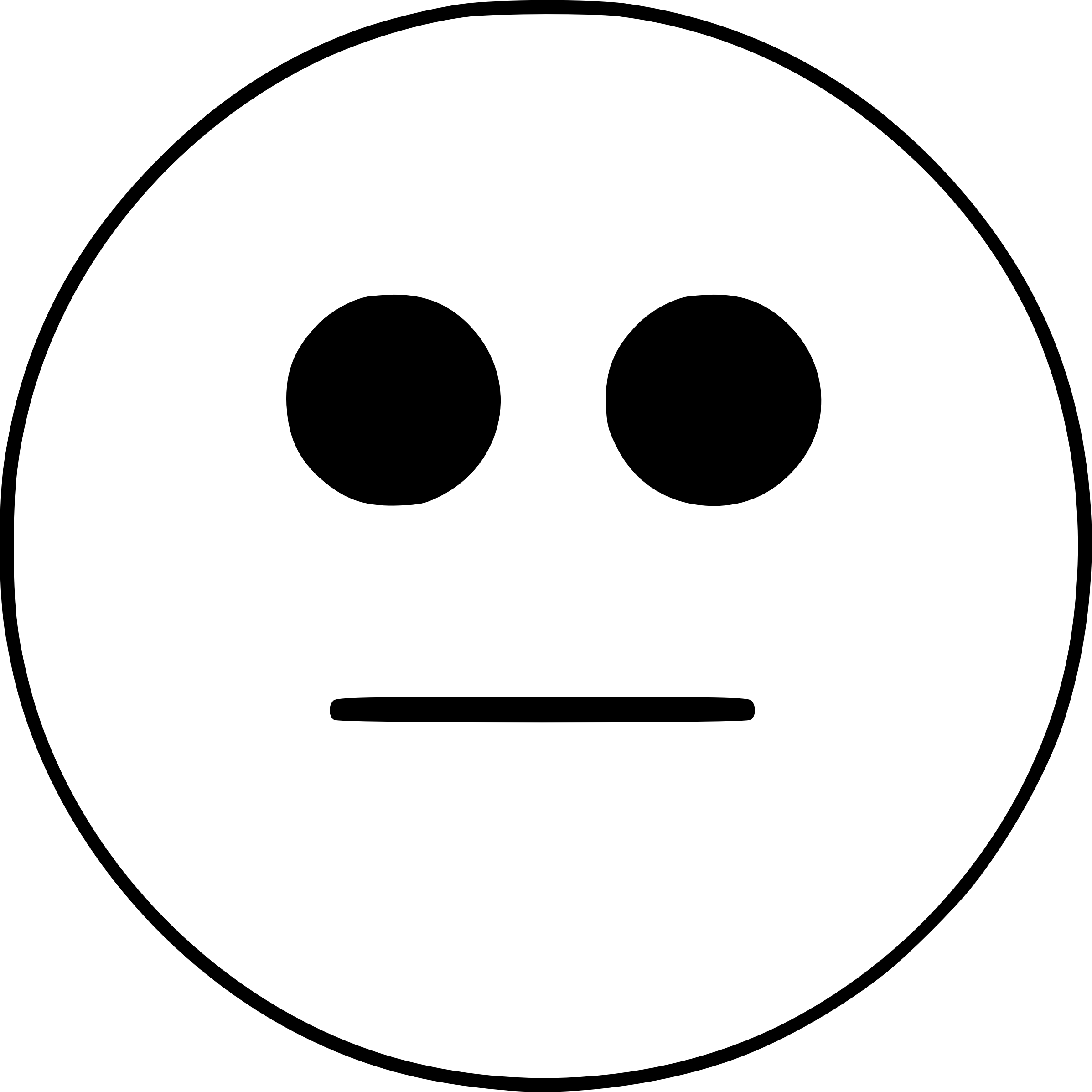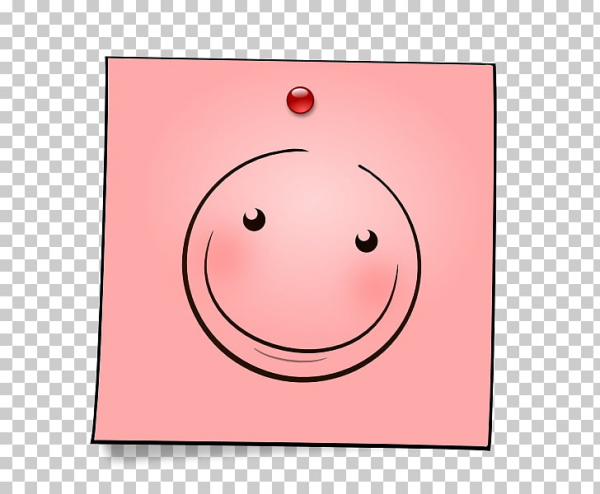

I don't have Word on this machine, but I've used it in the past, and I don't remember any shape having the sophistication of an Inkscape tool.

You can make them larger or smaller, or maybe skew them. Word has a lot of different shapes, but I don't think you can do much with them.
#TRANSPARENT RECTANGLE SHAPE WITH SMILEY FACE HOW TO#
What if you could add your own designed basic shapes next to ellipse and rectangle tool, that you can later modify with such handles? How to do that? You can set the parameters by the shape's handles -as the rounded corners of the rectangle or the star's spikes. As the mentioned word has plenty of basic shapes, all with parameters. Lazur URH wrote:I was thinking of a way to "predefine" your own shapes. It's also up to you to make sure the sides are straight. Note that when you want to resize this path in a non proportional way you will have to drag each PAIR of corner nodes to its new location. Now CTRL ALT A to select all the nodes in all the sub-paths. This should flip the arcs into your desired orientation. Now you have four straight lines and four lovely little quarter circle arcs.Ĭlick on each arc, press V, then H. Hold down ctrl and drag the little circular handles to round the corners circularly. Try to snap it to the grid when doing so! I like this way a bit better than the circles because the nodes in the result are more precisely positioned.Ĭreate a rectangle. Here's an alternative way to achieve your object. Showing and snapping to the grid makes things much easier, as does using ctrl-drag. Let’s see these functions in action.īelow is the draw() function from the previous page, but now I’ve added the three functions above.Once you edit your rectangle resizing and keeping your corners circular (rather than elliptical) becomes a chore. x and y specify the position on the canvas (relative to the origin) of the top-left corner of the rectangle. StrokeRect(x,y,width,height) : Draws a rectangular outlineĬlearRect(x,y,width,height) : Clears the specified area and makes it fully transparentĮach of these three functions takes the same parameters.

There are three functions that draw rectangles on the canvas:įillRect(x,y,width,height) : Draws a filled rectangle Rectanglesįirst let’s look at the rectangle. Luckily, we have a collection of path drawing functions which make it possible to compose very complex shapes. All other shapes must be created by combining one or more paths. Unlike SVG, canvas only supports one primitive shape - rectangles. Later in this tutorial we’ll see how we can translate the origin to a different position, rotate the grid and even scale it. So the position of the top left corner of the blue square becomes x pixels from the left and y pixels from the top (coordinate (x,y)). All elements are placed relative to this origin. The origin of this grid is positioned in the top left corner (coordinate (0,0)). Normally 1 unit in the grid corresponds to 1 pixel on the canvas.

I’ve drawn this image with the default grid overlayed. The HTML template on the previous page had a canvas element 150 pixels wide and 150 pixels high. The gridīefore we can start drawing, we need to talk about the canvas grid or coordinate space. The article covers more complex paths, too. This part of the tutorial explains how to draw lines and shapes.


 0 kommentar(er)
0 kommentar(er)
